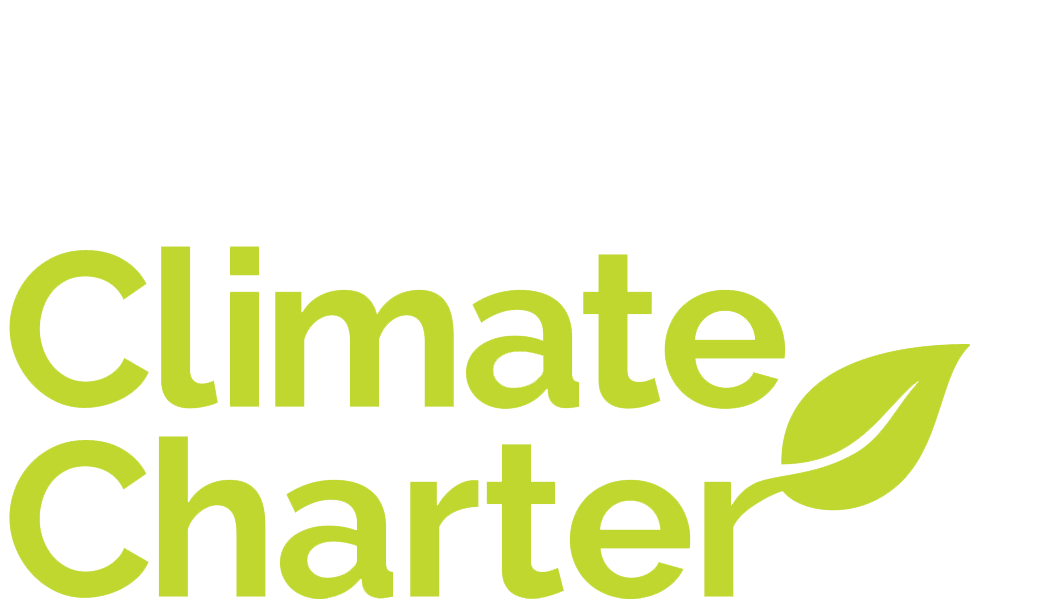4 ways to get value from digital media in 2018

Although the value for money of digital media was severely scrutinised in 2017, it is still possible to buy online ads effectively as long as you observe these caveats.
Many will be pleased to see the back of a turbulent 2017, not that forecasts for 2018 are much better. Brexit, the return of inflation and the spiralling cost of running an increasingly civilised but densely-populated country all threaten in their own ways.
Ad spend continues to pour into online, notably into Google and Facebook, which GroupM, the world’s largest media buyer, estimates suck up 84% of it to the detriment of most other media – even digital media.
Yet if you’ve been keeping up with the news, you be aware that this supposedly super-efficient, super-accountable, hyper-targeted channel has its own woes and pitfalls too. So how best to ensure a clean and effective online advertising experience?
1. Ensure your audience metrics are verified
Digital media standards are set and service providers verified by a still-obscure body called JICWEBS (the Joint Industry Committee for Web Standards). The Media Ratings Council (MRC) is the US equivalent.
Solution: UKOM (powered by ComScore) is the UK’s industry-agreed online audience metric. PAMCO (Publishers’ Audience Measurement Co.) also collects useful de-duplicated data for newspaper and magazine publishers’ online editions, and TV measurement body BARB is driving towards similar counts of TV channels’ online audiences in 2018.
Caution: Many digital media self-declare, or are too small to be covered by industry measurement. Facebook had to admit to (and compensate for) massaging audiences and was also claiming it had more users than the exist in the population.
2. Make sure your ads can be seen by real people
We’re not in the business of advertising to bots – yet – but several studies concur that only about half of all online ads can be seen at all, even to the lamentably loose MRC standard of what constitutes a view (static ads at least half in view for one second, video for two).
Solution: Decide on an acceptable level of viewability below which you simply won’t pay and task your media buyer accordingly. GroupM is taking a welcome leadership stance on this. Your media auditor or JICWEBS-accredited third parties like Meetrics, Integral Ad Science, Moat, ComScore or Adloox can help with this and what follows too.
3. Ensure viewed impressions are a) real and b) safe
Fraud, in the form of fake ad impressions, pages and even sites, is endemic. It is estimated to now be among the biggest sources of revenue for organised criminals and is much lower risk for them than, say, people- or drug-trafficking.
By ‘safe’, I mean avoiding appearing next to really unsavoury or offensive material that could demolish the reputation of the respected, well-loved brand you and your predecessors have probably spent years and millions building.
Despite considerable press coverage from the media of record, whose livelihoods have been clipped by digital media, the big online ‘pure plays’ have not been moved to add the cost to their operations of totally weeding this stuff out.
Fortunately, there are more positive signs emerging under concerted pressure from Government, advertisers and the City of London Police’s Intellectual Property Crime Unit (PIPCU). Change could still be slow, but it’s coming.
Solution: For now, it’s still ‘caveat emptor’. The best ways to avoid fraud and unsafe environments are restricting digital media buys to ‘white lists’ of acceptable media and/or buying from (admittedly more expensive) ‘private marketplaces’. Some publishers operate their own, others use third parties like White Ops or Teads.
Rezonence, used by a number of publishers, promises viewers an ad-light experience in return for their engagement, bypassing concerns about viewability, fraud and safety with confirmed views. (It counts several large advertisers among its users, but most have reportedly had to press their agencies to adopt it.)
Remember, cheap can be very nasty in this space.
4. Look critically at your digital media value chain
Between you and your published ads are a data management platform, your creative and media agencies, the latter’s trading desk and demand-side platform, and media vendors’ supply-side platforms. No, I can’t read the latest Lumascape map of the complex online world either.
Action: Whether or not you have brought some of these in-house, you should look for overlaps and duplication, and also at fees charged. There is considerable cross-ownership along the chain, so one link might recommend another in which it has an interest when it’s not necessary. The Guardian recently ran a test wherein it bought its own inventory and found that it received only 30p of every pound it had spent.
Your media auditors or consultants can advise here, but ultimately this is one for you.
It’s possible to spend considerable sums with multiple third parties to ensure your online advertising is clean and effective, so it’s advisable to pick the areas where you have the most concerns for your business. At the same time, such costs should pay for themselves by reducing wastage significantly.
Although its primary role is to represent its media owner members, the Internet Advertising Bureau (IAB) offers a wealth of useful information in this space too.
One day, all of these hygienes will rightfully become ‘costs of sale’ for the media owners, but we’re some way from that as yet, despite ISBA’s vigorous action on advertisers’ behalf.
Source: Bob Wooton, Mediaweek


